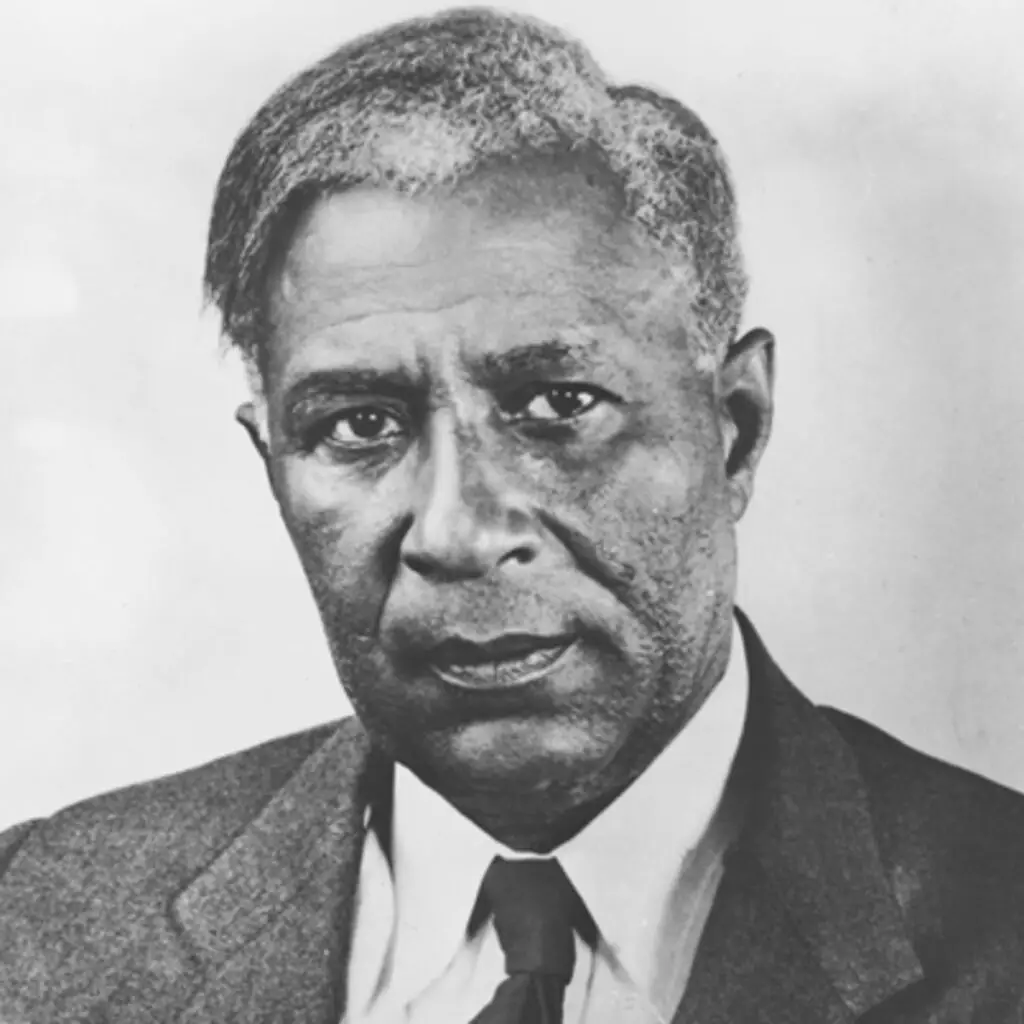Relaxers are one of the commonly used products in hair care industry. While some use it to make their hair more manageable some people use to create different hair styles.
Lye or sodium hydroxide is the main active ingredient present in relaxers and is responsible for the straightening effects on hair.
Who invented Hair Relaxers?

Garrett Augustus Morgan who is well known for his invention of traffic signal is also responsible for invention of hair relaxers.
In his early days, Garrett used to work as a sewing machine repairman and this is when he wiped of the lubricant used for sewing machine into a wool cloth. When he saw the cloth the next day, he noticed the smoothness of the wool cloth.
Out of curiosity, he decided to test it with neighbour’s airedale dog which is known for its curly texture. After the application, the product was able to straighten the pet’s hair and its owner couldn’t recognize his own pet. Satisfied with the results, he applied it on his hair and this born the G.A.Morgan’s Hair Refiner. Since then relaxers have been evolved into different types and forms. Main types of them being Lye and No-Lye
Lye Vs No-Lye
In the initial days, relaxers are made of Sodium Hydroxide also known as Lye. As the chemical is too string for some people’s hair, no-lye relaxers evolved. Both type of relaxers are equally popular though lye relaxers are generally reserved for professional use.
No Lye relaxers are typically made of ingredients such as calcium hydroxide, ammonium hydroxide, guanidine carbonate, ammonium thio etc. No Lye relaxers are milder then Lye relaxers , but can leave the hair brittle and dry due to the build-up of calcium.
It is recommended you use a clarifying shampoo to get rid of the build-up in the hair due to lye relaxers.
High pH and its Straightening Effects
Relaxers have straightening effects on hair, due to their high pH. Relaxers are alkaline in natural due to their high pH and it straightens hair by breaking down the protein bonds present in the hair.
Read Also: How often Should you Relax your Hair
The hair structure is permanently altered while relaxing. This is achieved by breaking down the disulphide bonds in the hair. In addition to the disulphide bonds hair shafts are also responsible for determining the curliness of the hair.
It is impossible to alter the shape of hair shafts but the disulphide bonds that make up the curls can be altered with the relaxer cream and capped so that they don’t revert to their original structure.
Preventing the Side Effects
Like other chemical products, hair relaxer can have side effects with improper application. While applying hair relaxers your scalp should be protected with a petroleum based product so that the relaxer cream doesn’t get it contact with the scalp during the application process.
One of the main factors to be determined while applying a relaxer is how long the relaxer should be left on your hair. For this, you need an experienced hair stylist who is good with relaxers.
As leaving the relaxer for too long can over process the hair. If your hair is over processed it makes the hair very brittle and prone to breakage and can make your hair also look dry.
Related: How to Treat Dry Hair
Leaving the relaxer for less time in the hair can make it under processed and you might not get the desired results from the relaxing process. Your hair stylist should perform a strand test to determine how long the relaxer should be left in your hair.
Post Relaxing
If you are planning to colour your hair, it is important to consult your hair stylist and verify your hair can take the chemicals in colours. Relaxed hair is more susceptible to breakage as you had broken down the top layer of the hair to make it straight.
Always deep condition the relaxed hair on a regular basis to improve the tensile strength of the hair.


